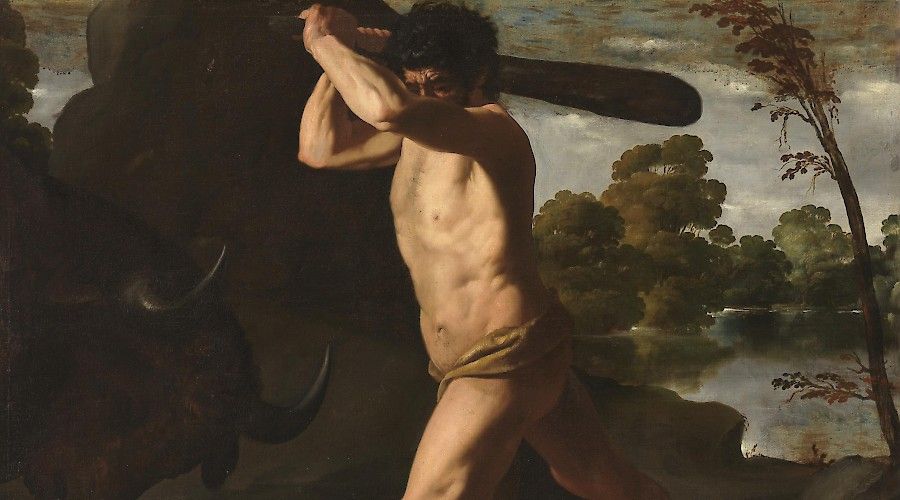Splendor, Myth, and Vision: Nudes from the Prado

The Clark Art Institute is the exclusive venue for Splendor, Myth, and Vision: Nudes from the Prado, featuring twenty-eight Old Master paintings from the Museo Nacional del Prado in Madrid.
The exhibition explores the role of the nude in European painting in the sixteenth and seventeenth centuries and the collecting and display practices of the Spanish royalty. Twenty-four of the paintings have never before been shown in America.
The works presented in Splendor, Myth, and Vision are among the finest of the Prado’s unparalleled holdings, selected not only for their relationship to the exhibition’s themes, but also for their beauty and historical significance. Included in this sensuous exhibition are major paintings by Titian, Peter Paul Rubens, Jacopo Tintoretto, Diego Velázquez, Jan Brueghel the Elder, Guercino, Nicolas Poussin, Luca Giordano, Guido Reni, Jusepe de Ribera, and others.
Paintings portraying the nude occupied a fundamentally important role in early modern Europe. They feature prominently in the extraordinary collections assembled by Spanish monarchs in the sixteenth and seventeenth centuries. Housed today in the Museo Nacional del Prado, Madrid, these collections reflect the cultural sensibilities and sophisticated artistic tastes of the rulers who assembled them —principally Philip II (reigned 1556–98) and his grandson Philip IV (reigned 1621–65). In early modern Europe, the depiction of the nude in secular and sacred paintings appealed to collectors’ taste for the sensual, but such images could also carry didactic messages. The potential of the nude body to express a wide array of meanings —from the erotic to the moral— testifies to the significance and complexity of this subject for artists and patrons.
At the time the Spanish kings were collecting, however, the depiction of the nude and its display were considered sinful and contrary to the religious and moral values promoted by the Catholic Church and the Spanish Inquisition. In response, paintings of the nude were often displayed beyond the reach of the public in salas reservadas —private or reserved spaces within the palaces of royal and elite collectors, which were open only for a select audience. These spaces enabled royal collectors to indulge in an enthusiastic taste for paintings of the nude while publicly fulfilling their roles as upholders of a strict moral code and fervent defenders of the Catholic faith. The tension that arose between these opposing values demonstrates the ambiguity inherent in the collecting and display of the nude in early modern Spain. These tensions continued to exist into the early nineteenth century and culminated in the Prado’s own sala reservada (1827–38). This exhibition offers a close look at the complex interplay of art, power, and politics that characterized this extraordinary period.
Splendor, Myth, and Vision is co-organized by the Clark Art Institute and the Museo Nacional del Prado, Madrid. Major underwriting is provided by Denise Littlefield Sobel and Diane and Andreas Halvorsen. Generous contributors include the National Endowment for the Arts and the Malcolm Hewitt Wiener Foundation, with additional support from Jeannene Booher, the Robert Lehman Foundation, Katherine and Frank Martucci, and Richard and Carol Seltzer. This exhibition is supported by an indemnity from the Federal Council on the Arts and the Humanities.